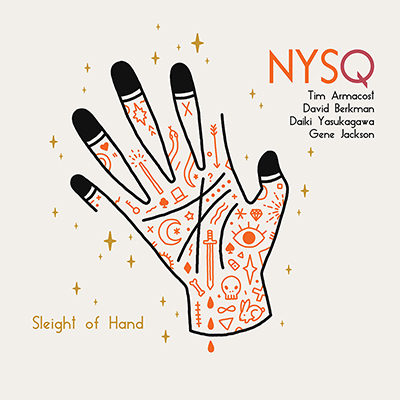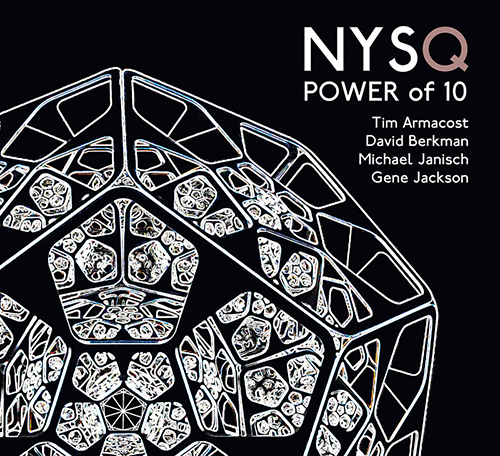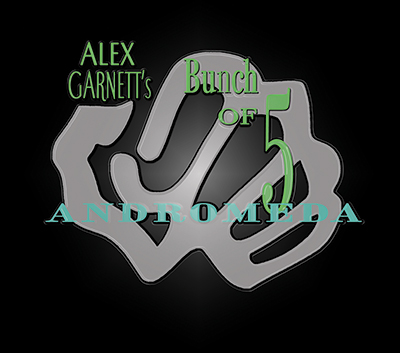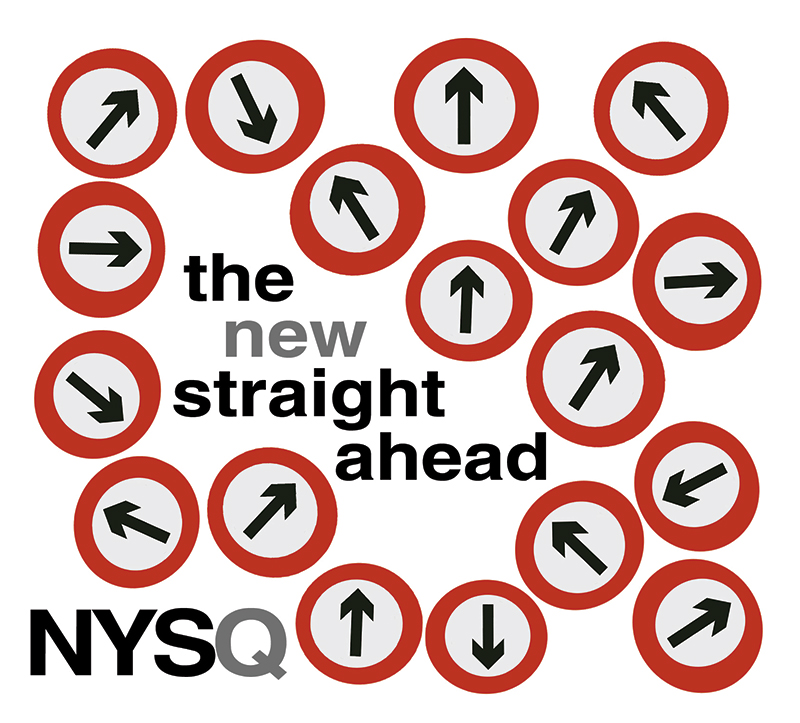Tim Armacost (L)

Profile
Tim Armacost has led a life of constant motion. He has gathered knowledge and experience around the globe, which forms the foundation of his passionate brand of jazz. After landing in New York in 1993, Armacost quickly established his presence as a leader, releasing his first two albums, “Fire” (Concord) and “Live at Smalls” (Double Time) to critical acclaim. His hard hitting third release, “The Wishing Well,” (Double Time) announced the arrival of Armacost’s working unit, featuring Bruce Barth, Ray Drummond, and Billy Hart. The group has completed six successful tours in Europe and Asia, working with sponsors Northwest Airlines, Marriott Hotels and Volkswagen, and followed up with an inspired second recording, “Brightly Dark.” (Satchmo Records). Armacost’s current release, “Rhythm and Transformation,” (ArtistShare 0064) features the quartet augmented by Ray Spiegel playing Tabla, and the great Eddie Henderson on trumpet. Working with his quartet, the cooperative group Hornz in the Hood with fellow saxophonists Craig Handy and Ravi Coltrane, Ray Drummond’s “Excursion Band,” and co-leading the Brooklyn Big Band with Craig Bailey, Armacost is now seriously in the mix.
Armacost’s career is already distinguished by performance and recording credits alongside the likes of Al Foster, Jimmy Cobb, Kenny Barron, Tom Harrell, Billy Hart, Victor Lewis, Jeff “Tain” Watts, Peter Erskine, Ray Drummond, Roy Hargrove, Paquito D’Rivera, Claudio Roditi, Bruce Barth, Dave Kikoski, Don Friedman, Lonnie Plaxico, Robin Eubanks, Charlie Shoemake, Pete Christlieb, Randy Brecker, Akira Tana, Valery Ponomarev, the Maria Schneider Orchestra, and the David Murray Big Band. He has toured throughout East and West Europe, Japan, India, Australia, China and the United States.
Armacost describes his early upbringing as a pendulum swing between his hometown of Los Angeles, Tokyo, and Washington D.C. He began his musical training on clarinet in Tokyo at the age of eight. By sixteen he had switched to tenor saxophone, and was working in big bands around Washington. The turning point into a jazz career came back in LA at eighteen, where Armacost met his two primary teachers, Bobby Bradford and Charlie Shoemake. Through them he learned the fundamentals of melody and harmony, and was exposed to the giants of modern jazz, who would give shape to Armacost’s early development. Among them were: Sonny Rollins, Hank Mobley, John Coltrane, Charlie Parker, Ornette Coleman, Freddie Hubbard, Tom Harrell, Sonny Stitt, Pete Christlieb, Harold Land, and Clifford Brown.
Armacost graduated Magna Cum Laude from Pomona College with a major in Asian Studies in 1985. His restless spirit took him to Amsterdam later that year, where he established himself on the jazz scene, attained fluency in Dutch, and became the head of the Sweelinck Conservatory’s saxophone department. After gaining seven years worth of extensive performing, teaching, and recording experience in Europe, Armacost raised his stakes once again and headed for India. Having studied melody and harmony for twelve years, Armacost arrived in New Delhi with the goal of concentrating on rhythm. He had the good fortune to become a student of the tabla master Vijay Ateet. Under Mr. Ateet’s guidance, Armacost explored the rich rhythmic tradition of Hindustani classical music.
With the sponsorship of The United States Information Service, and the Delhi chapter of Jazz India, Armacost performed frequently with Indian jazz and classical musicians. He returned to India to play at the Jazz Yatra, Bombay’s international jazz festival in 1998. Indian rhythmic concepts continue to be a source of inspiration in Armacost’s development as an improviser. Whereas earlier recordings featured a single track exploring Indian concepts, “Rhythm and Transformation is entirely dedicated to discovering new sounds through the blending of Indian music and Jazz.
Throughout twenty-five years of frequent traveling to Japan, Tim Armacost has developed a deep and special relationship with its people. He is a fluent speaker of Japanese, which he studied as an exchange student at Waseda University, and is an active student of Japanese culture and religion. His performances there have included such great musicians as Terumasa and Motohiko Hino, Fumio Karashima, Nobuyoshi Ino, Fumio Itabashi, Shingo Okudaira, Benisuke Sakai, Kiyoto Fujiwara, and Yutaka Shiina.
Whirlwind Recordings









